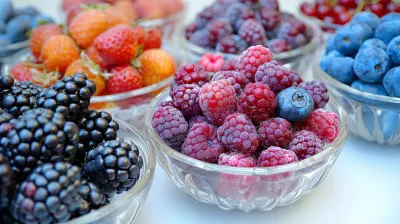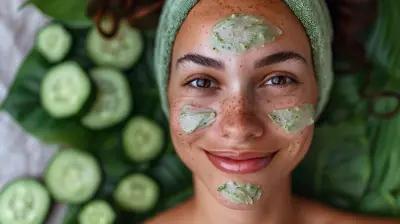How to Eat Seasonally as a Vegan for Optimal Health
16 August 2025
Let’s be real—going vegan is already a big lifestyle shift. But once you get the hang of it, you might start wondering how to level up your plant-based game. That’s where eating seasonally comes into play. It’s like giving your vegan diet a fresh new wardrobe that not only looks (and tastes) amazing but also fits your body’s needs throughout the year.
Whether you're a seasoned herbivore or just dipping your toes into the vegan lifestyle, eating with the seasons is one of the smartest (and dare we say, tastiest) things you can do for your health. It's not about being perfect, it's about making mindful choices that align with nature's rhythm—and your body will thank you for it.
So grab your reusable grocery bags and let’s dive into how to eat seasonally as a vegan for optimal health.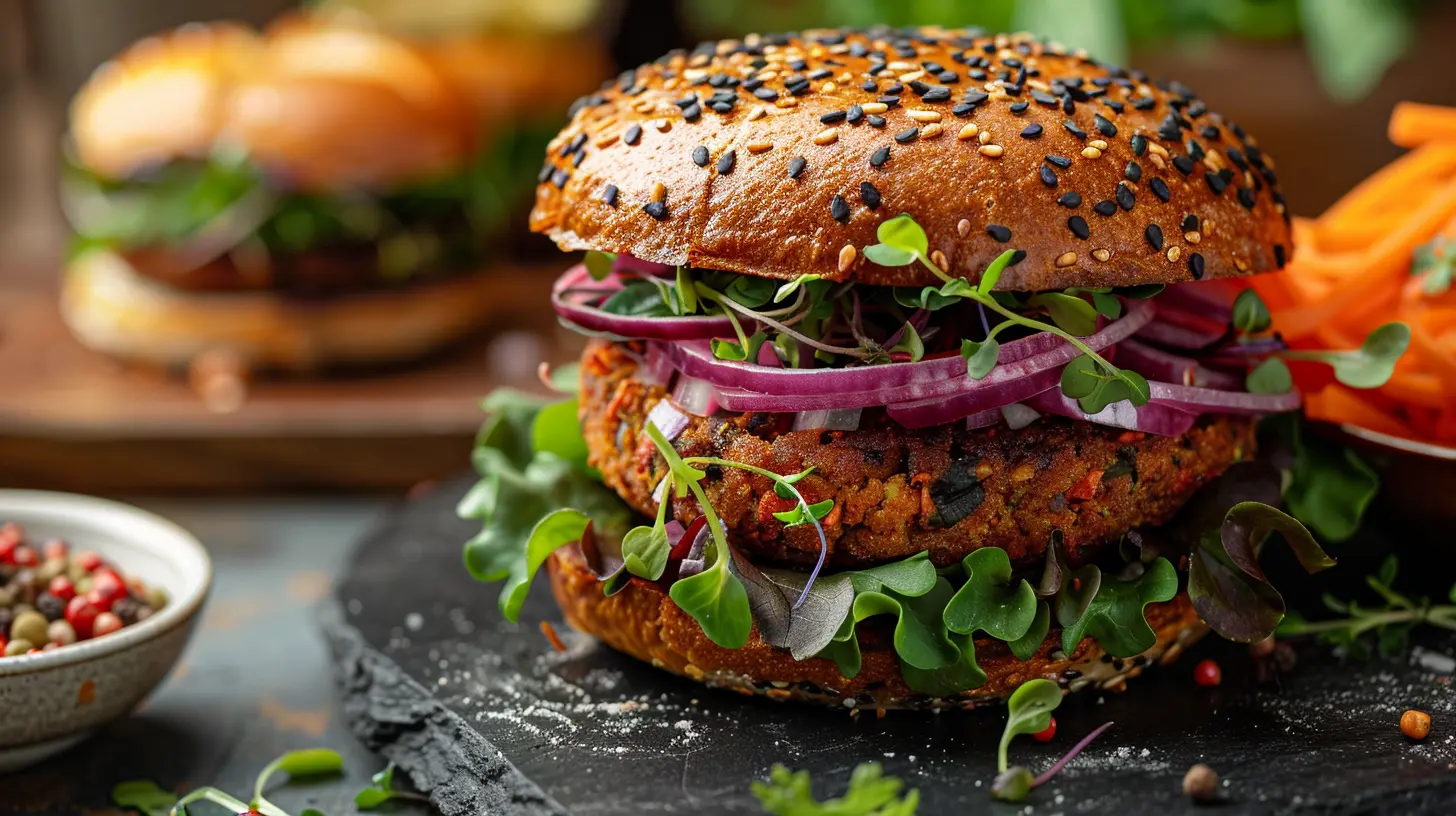
What Does “Eating Seasonally” Even Mean?
Think about the produce section at your local grocery store. Ever notice how strawberries cost an arm and a leg in the winter, but they’re dirt cheap in the summer? That’s seasonality in action.Eating seasonally means choosing fruits and veggies that are naturally harvested at their peak during the current time of year. Instead of buying tomatoes in January that traveled 1,500 miles to reach your plate, you’d wait until summer when they’re juicy, sweet, and locally grown.
It's kind of like not wearing flip-flops in the snow—you follow the season for a reason.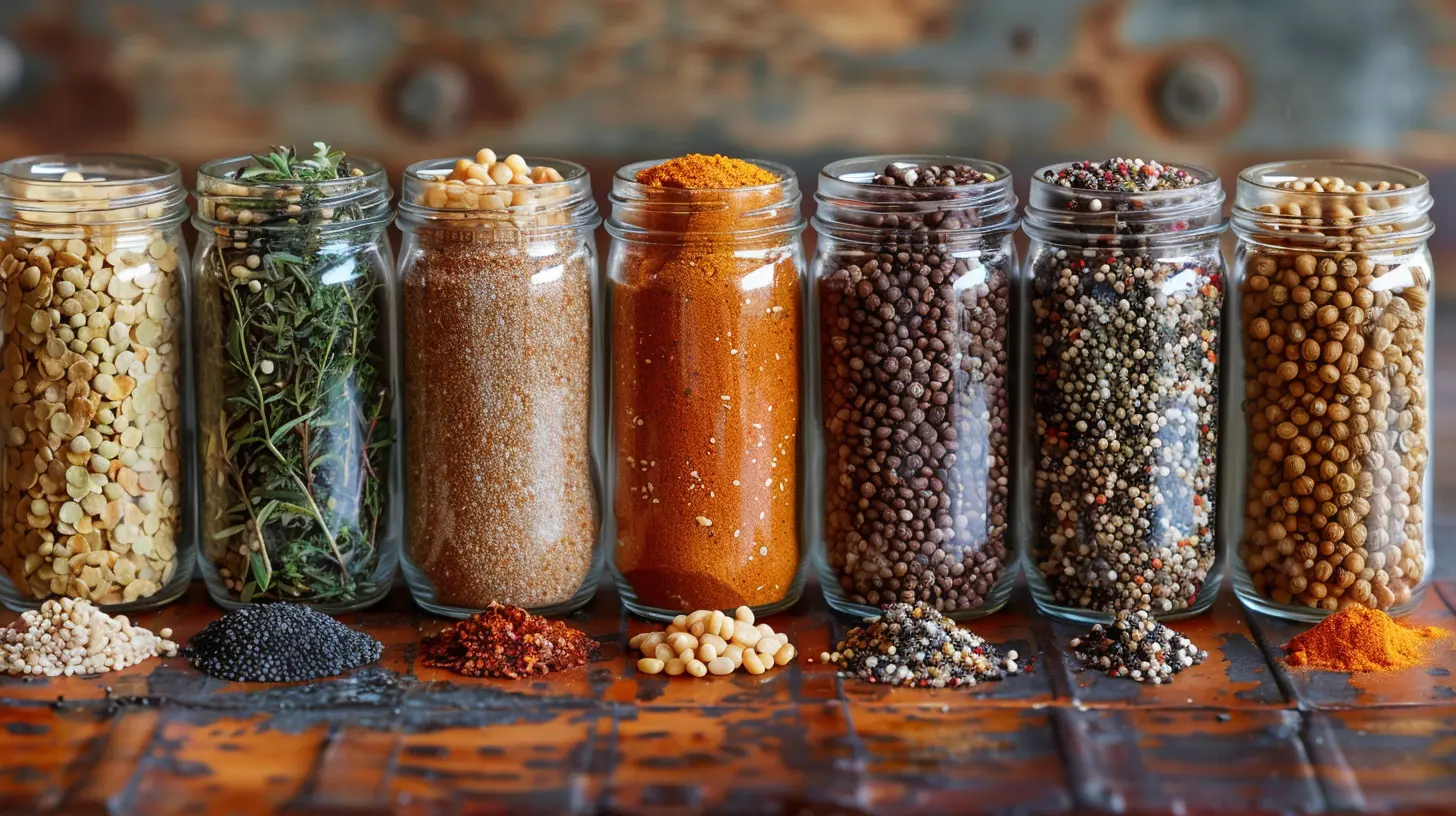
Why Should Vegans Care About Seasonal Eating?
You’re already making plant-based choices that support your health, the planet, and the animals. So why add seasonal eating to the mix? Simple. Eating seasonally as a vegan:- Boosts Nutritional Value: Seasonal produce is harvested at its peak ripeness, meaning it’s packed with more vitamins, minerals, and antioxidants. Your body gets the good stuff when it needs it.
- Supports Local Farmers: Buying in-season often means buying local. That’s good for your community and the environment.
- Saves You Money: Supply and demand, baby! When foods are in season, there’s more of them, which naturally drives the price down.
- Improves Flavor: Ever bite into a winter peach and feel like something’s... missing? That’s because it is. Seasonal produce just tastes better. Period.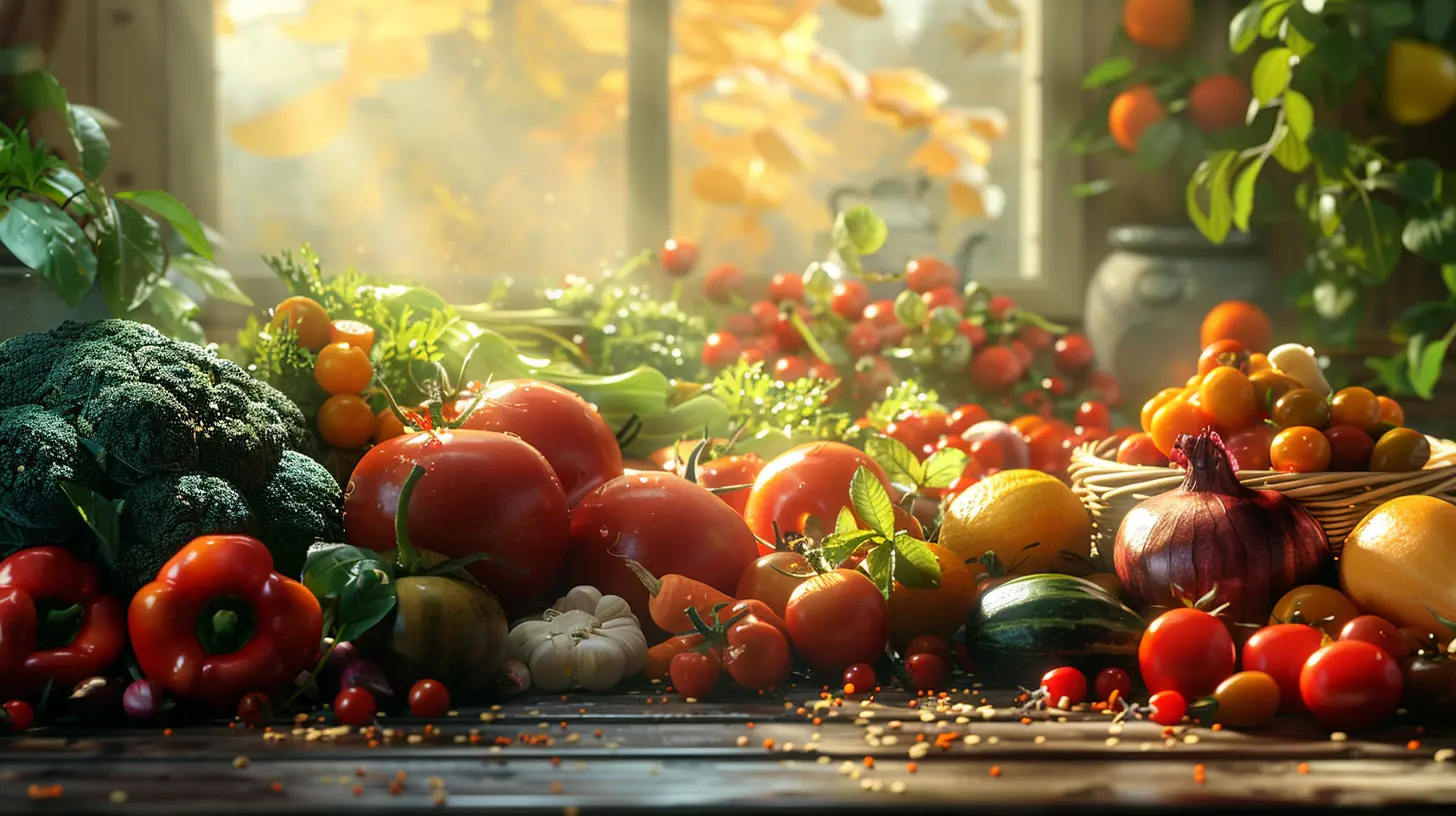
How Seasons Affect Your Body and Diet
Believe it or not, your body syncs up pretty naturally with the seasons. Our ancestors knew it, and modern science confirms it.🌱 Spring: Time for Renewal
Your body is ready to detox from heavy winter foods. Think light, fresh, and green.Best Seasonal Foods:
- Asparagus
- Spinach
- Artichokes
- Strawberries
- Radishes
How to Eat in Spring: Focus on cleansing, fiber-rich meals. Big salads with lemony dressings, green smoothies, and veggie stir-fries are all perfect.
☀️ Summer: Hydration & Energy
Hot weather means more sweating, more activity, and a need to stay cool.Best Seasonal Foods:
- Tomatoes
- Zucchini
- Watermelon
- Berries
- Cucumber
- Bell peppers
How to Eat in Summer: Load up on raw, water-rich foods. Think fruit bowls, gazpacho, and zoodle (zucchini noodle) salads. Cold-pressed juices and coconut water are your BFFs.
🍂 Fall: Grounding and Nourishing
As things cool down, your body starts craving warmth, comfort, and stability.Best Seasonal Foods:
- Sweet potatoes
- Beets
- Apples
- Pumpkin
- Kale
- Brussels sprouts
How to Eat in Fall: This is the time to bring out the oven. Roasted veggies, warm grain bowls, and spiced soups will keep you full and balanced.
❄️ Winter: Warming and Rebuilding
Your energy dips, metabolism slows, and your immune system could use some TLC.Best Seasonal Foods:
- Squash
- Cabbage
- Citrus fruits
- Leeks
- Carrots
- Parsnips
How to Eat in Winter: Hearty stews, lentil soups, curry dishes, and root veggie bakes are your go-tos. Don’t forget those immune-boosting citrus fruits!
How to Start Eating Seasonally (Even if You Don’t Know Where to Start)
Okay, let’s get practical. You want to eat seasonally, but you’re not quite sure how to keep track of what’s in season when. Here's how to make it easy on yourself:1. Hit Up Farmer’s Markets
If you're lucky enough to have a local farmer’s market, use it. Everything there is, by default, seasonal. Plus, you can ask the farmer “Hey, what’s fresh this week?” and boom, custom seasonal meal plan.2. Use a Seasonal Produce Guide
A quick Google search can give you a seasonal produce chart for your region. Bookmark it. Better yet, print it and stick it on your fridge.3. Subscribe to a CSA Box
CSA stands for Community Supported Agriculture. You pay a local farm for a share of their seasonal produce and get a box of whatever’s ripe each week. It’s like a mystery box of health delivered to your door.4. Plan Your Meals Around Seasonal Staples
Instead of trying to fit seasonal foods into your usual meals, flip it—build your meals around what’s fresh. Got a ton of winter squash? Time for roasted squash and quinoa bowls!5. Preserve the Seasons
Love strawberries but hate waiting for summer? Freeze, can, or pickle your faves when they’re in season and enjoy them year-round without sacrificing nutrition.Sample Seasonal Vegan Meal Ideas
Need a little inspo? Let’s break down a few go-to vegan meals for each season.Spring Vegan Plate
- Lemon chickpea salad with asparagus and arugula- Strawberry chia smoothie
- Artichoke and spinach hummus with carrot sticks
Summer Vegan Plate
- Zucchini noodles with avocado pesto and cherry tomatoes- Watermelon-mint salad
- Berry parfait with coconut yogurt
Fall Vegan Plate
- Maple-roasted sweet potato and beet bowl- Apple cinnamon overnight oats
- Pumpkin lentil soup
Winter Vegan Plate
- Hearty root vegetable stew- Citrus kale salad with tahini dressing
- Roasted cauliflower curry and brown rice
Seasonal Eating and Gut Health: A Hidden Bonus
Here’s something cool—your gut microbiome loves diversity. Switching up your foods with the seasons introduces a broader range of fiber and plant compounds (called phytonutrients), which helps your gut flora thrive. A happy microbiome = better digestion, clearer skin, less inflammation, and stronger immunity. Talk about a win-win.Common Myths About Seasonal Eating (That We’re About to Bust)
Let’s put some myths to bed, shall we?Myth #1: You can’t eat seasonally in the winter.
Totally false. Winter has loads of hearty veggies and citrus fruits that are incredibly nourishing.
Myth #2: It’s too expensive.
In fact, seasonal produce is often cheaper than out-of-season goods. It’s also more nutrient-dense, so you’re getting more bang for your buck.
Myth #3: It’s only for foodies or health nuts.
Nope. Seasonal eating is for everyone. You don’t need to be a chef or nutritionist to eat with the seasons. If you can roast a sweet potato, you’re qualified.
Final Thoughts: It’s All About Small, Simple Shifts
You don’t have to overhaul your whole life overnight. Start small. Maybe swap your usual bananas for a seasonal pear. Or skip the out-of-season blueberries in January and enjoy a fresh citrus salad instead.Eating seasonally as a vegan isn’t some strict rulebook—it’s a flexible, intuitive way to eat that connects you with your local environment, supports your body’s natural rhythms, and brings tons of flavor and variety to your plate.
So next time you're at the store or farmer’s market, ask yourself: What’s fresh right now? Your body (and your taste buds) will know the answer.
all images in this post were generated using AI tools
Category:
Vegan DietAuthor:

Laura Hudson
Discussion
rate this article
1 comments
Destiny Bryant
Great tips! Eating seasonally boosts health and sustainability.
September 2, 2025 at 4:28 PM

Laura Hudson
Thank you! I'm glad you found the tips helpful. Eating seasonally truly makes a positive impact on both health and the environment!
